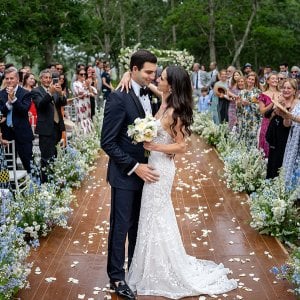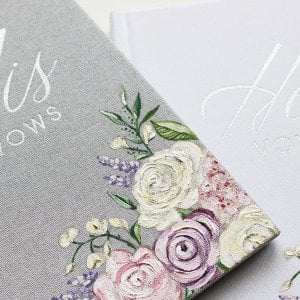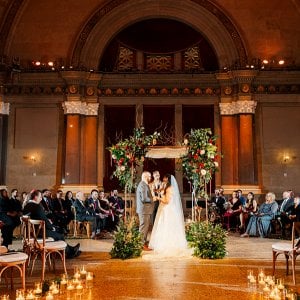You're probably familiar with the most theatrical Jewish wedding tradition — the stomping of the glass, where the groom breaks a glass, everyone shouts "mazel tov," and the wedding's cocktail hour begins. To go beyond glass breaking, here are seven Jewish wedding traditions worthy of consideration (and modernization) for you and your groom, whether you're planning a Jewish or an interfaith ceremony.

Photo Credit: IQ Studio
Kabbalat Panim (Greeting Faces)
Every bride wants to feel like a queen on her wedding day. Did you know that the concept is a Jewish one? In ancient ceremonies, the bride sat upon a throne-like chair, and friends and family of the bride would come up and greet her. A modern update is to add a little pre-wedding celebration and beautification for the bride and her gals, like a mani-pedi session. Toast the bride with a little bubbly to make it special.

Photo Credit: Casey Fatchett Photography
Circling the Groom
Hakafot is a little like “Ring Around the Rosy.” This tradition symbolizes the creation of a new sacred family circuit. The bride circles her groom seven times as she enters the chuppah. In modern weddings, we've seen the bride and groom circle one another, creating a sacred space around each another under the symbolism of their new home, the chuppah.
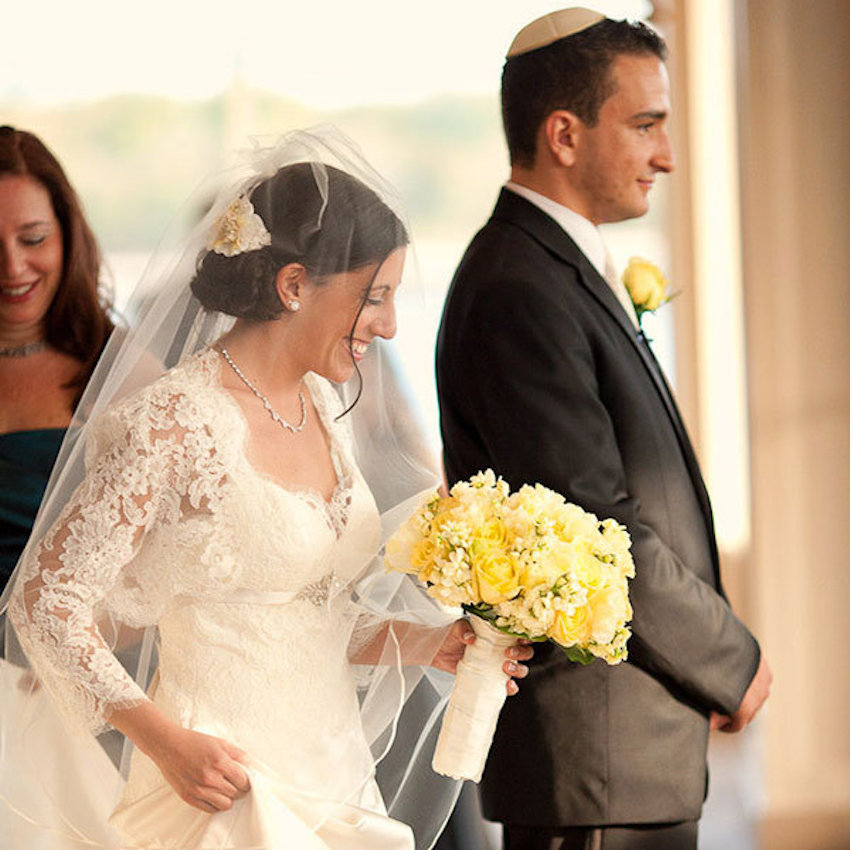
Photo Credit: Casey Fatchett Photography
Chuppah
Chuppah, which means covering in Hebrew, is the most recognizable symbol of a Jewish wedding. Designing a chuppah with your fiancé is a special way for you both to create something symbolic and beautiful together. Unlike many other Jewish ritual objects, like a tallit or mezuzah, there are no legal requirements for the chuppah. In other words, it can be symbolic or fun, adorned or simple. Most importantly, it can represent who you are (or aspire to be) as a couple. You can make your chuppah just wide enough to hold the two of you and your officiant, or you can make it roomy and invite your entire wedding party to join you underneath the canopy. You can have a freestanding chuppah, or you can invite honored family and friends to hold it over you.
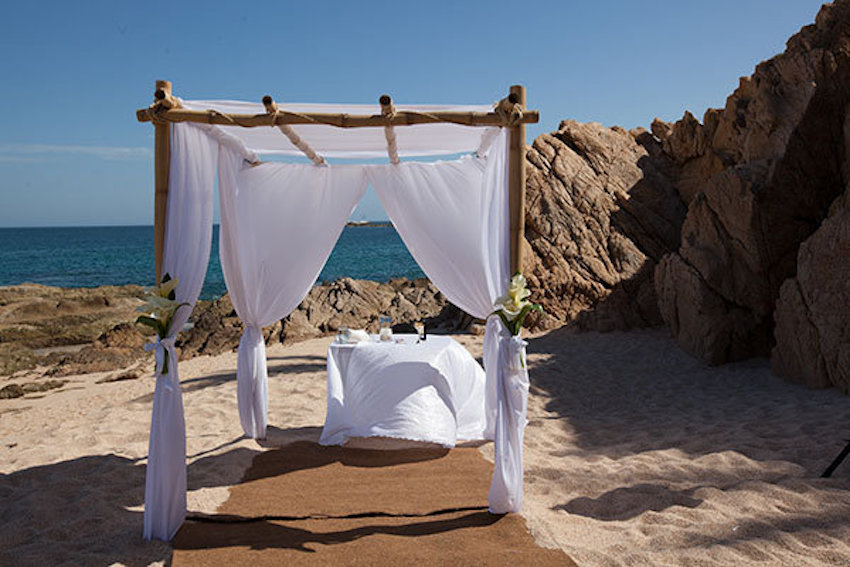
Photo Credit: IQ Studio

Photo Credit: Desi Baytan Photography
Rings
One beautiful tradition says that a Jewish wedding band should be simple and unbroken gold. A smooth ring portends an untroubled life, and the continuity of the Jewish wedding rings represents the hope for an everlasting marriage. But diamonds are a girl’s best friend, and contemporary Jewish rings may include a little bling.
In a wedding ring ceremony, the groom places the Jewish wedding ring on the right index finger rather than the left ring finger — according to Jewish tradition, this finger has the closest bloodline to the heart. Once the ceremony ends, though, most Jewish brides move the wedding ring over to the more well-known ring finger.

Photo Credit: Matt Reed on Polka Dot Bride via Lover.ly
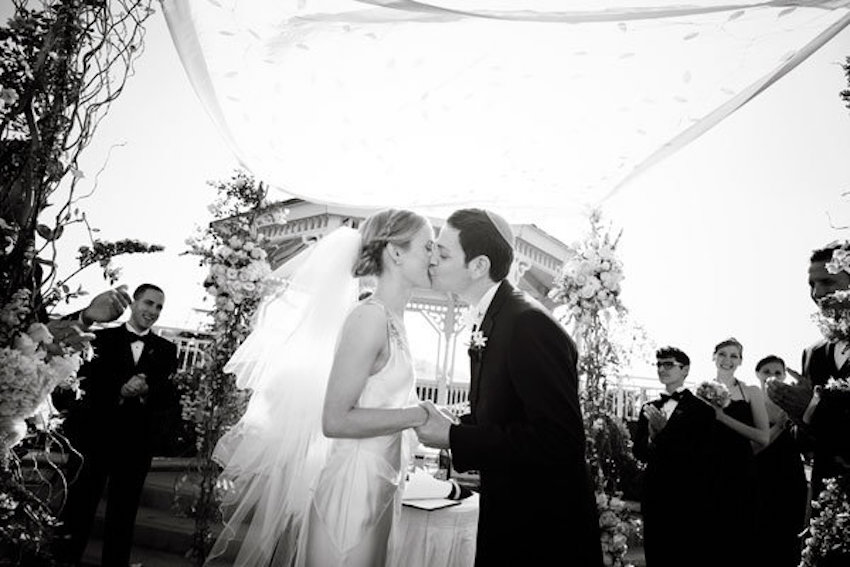
Photo Credit: Viera Photographics
Create a Mezuzah
A mezuzah is a Jewish symbol that is placed on the doorframe in a Jewish home. Make your mezuzah extra special by including the broken glass from your wedding ceremony. After the ceremony ends, have your wedding planner or coordinator collect the glass shards, which you'll then insert inside the mezuzah. There are a number of beautiful, modern mezuzahs that will complement your style or décor.
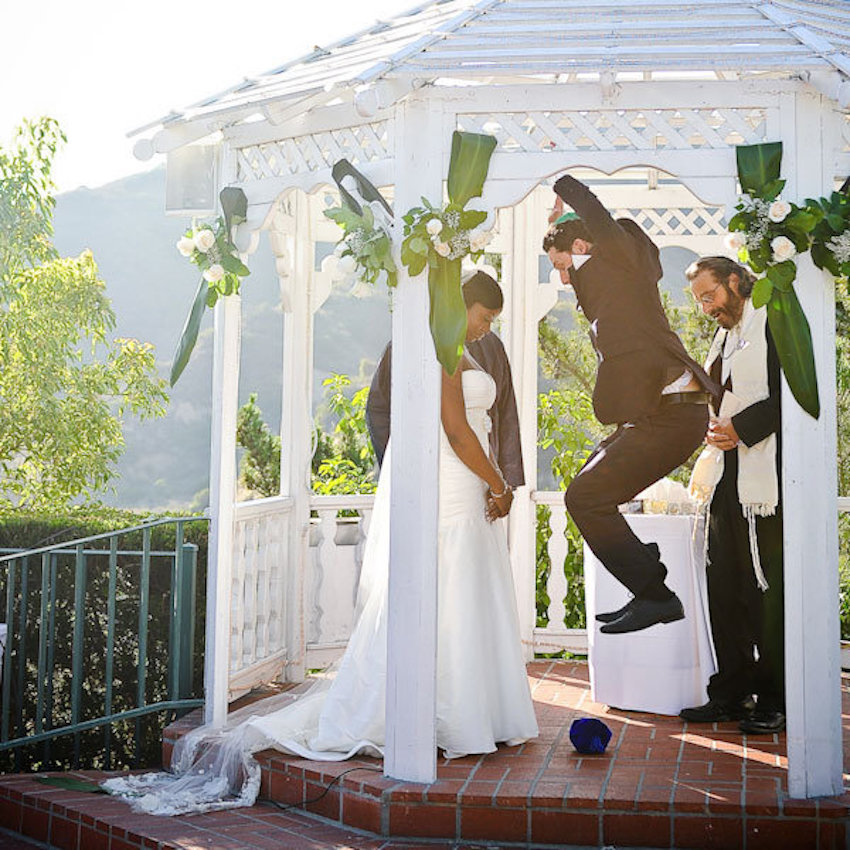
Photo Credit: Michelle Logan on Munaluchi Bridal via Lover.ly

Left: Green Copper Wedding Glass Mezuzah; right: Ani Li Dodi Wedding Glass Mezuzah
Seven Blessings
Finally, an important part of the wedding ceremony is the recitation of the Sheva Brachot (the seven blessings). In very traditional families, the wedding reception ends with the same recitation of the seven blessings before the departure of the bride and groom. Rather than chant the traditional seven blessings for a second time, have guests give their own verbal blessings to the wedding couple. The blessing I remember the most from this tradition at my wedding: “May you always be happier than you are right now!”
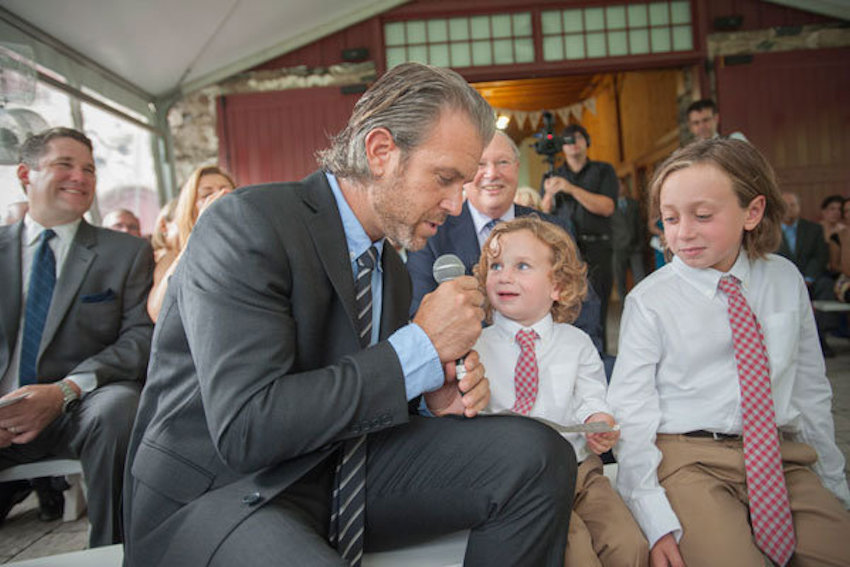
Photo Credit: Douglas Benedict Photography
Yihud
Yihud means seclusion. Traditionally, it was inappropriate for unmarried men and women to be alone together, so as soon as the bride and groom exited the chuppah, they would go immediately into a room of seclusion, symbolizing their new status as a married couple. No photographers, videographers, or mothers allowed! Look into one another’s eyes, take a deep breath and pause, reveling in the moment. Also consider enjoying some of the food and drinks that you won’t have time to enjoy once you join your reception, which will already be in full swing when you walk through the doors.
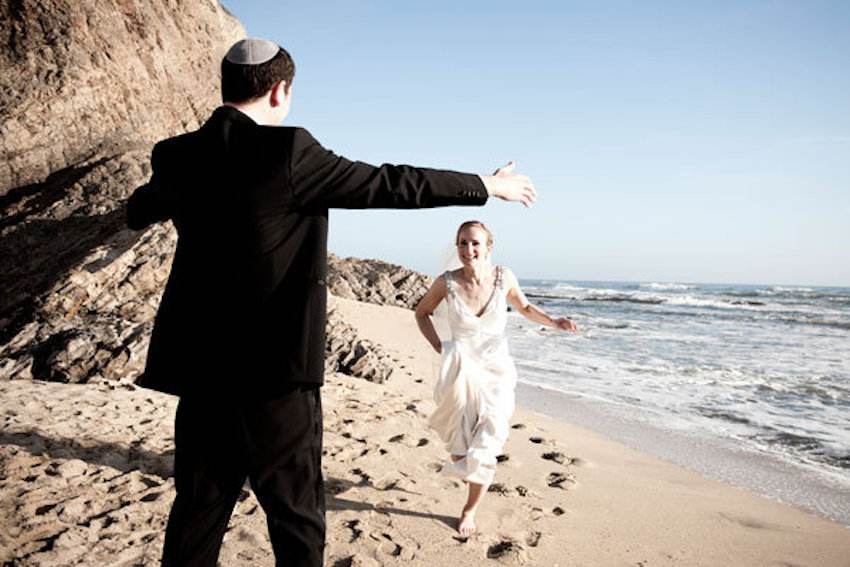
Photo Credit: Viera Photographics
—Michele Schwartz, CLCEP

Michele Schwartz is founder and editor of The Modern Jewish Wedding and an event planner in Austin, Texas.
- Anonymous's blog
- Log in or register to post comments

